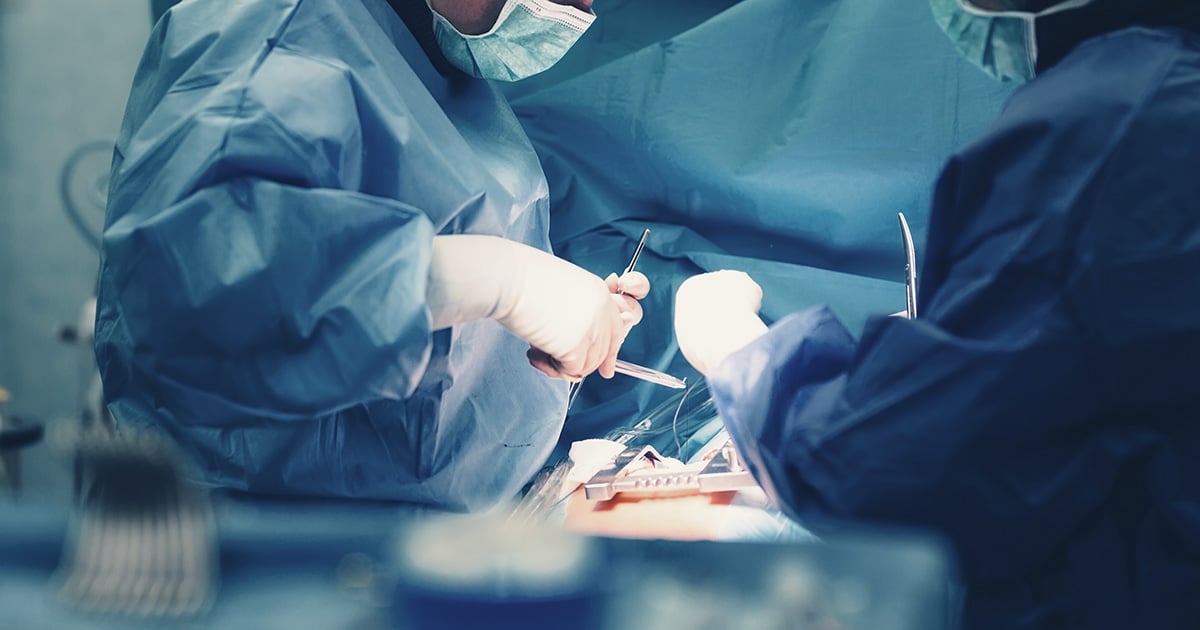Coronary Artery Bypass Grafting

Coronary Artery Bypass Grafting
Coronary Artery Bypass Grafting (CABG) is a surgery performed in patients with significant narrowing and blockage of heart arteries. It is best performed in patients with multiple blockages in multiple locations. This can relieve chest pain and prolong life.
Coronary Artery Bypass Grafting Surgery
Coronary Artery Bypass Grafting Surgery is called “Bypass Surgery”. During CABG, a healthy artery or vein from the body is connected, or grafted, to the blocked coronary artery. The grafted artery or vein bypasses the blocked portion of the coronary artery. This creates a new passage, and oxygen-rich blood is routed around the blockage to the heart muscle.
Source of Grafts
The success of CABG depends on the long-term patency of the arterial or venous grafts used. In general, arterial grafts are better and more durable than veins.
- Arterial graft
- Internal thoracic artery is most commonly used as it shows the best long-term results.
- Radial artery is also commonly used after internal thoracic artery. Advantages of radial artery grafts include easy preparation and availability for use in most patients.
- Venous graft
- Saphenous vein from ankle to inner thigh
Types of CABG Surgery
There are two types of CABG Surgery. The surgeon will choose which technique is suitable for a patient.
- Traditional Coronary Artery Bypass Grafting or On-pump CABG
- Easier for a surgeon to perform the surgery as the heart is stopped
- Cardiopulmonary bypass machine is used to provide blood supply to the rest of the body
- Cardiopulmonary bypass machine triggers a whole-body inflammatory response
- Risk of post-surgical bleeding
- Affecting lung kidney and brain
- Less recovery of the heart’s condition after surgery
- Off-pump Coronary Artery Bypass Grafting (OPCAB)
Rather than stopping the heart, technological advances and new kinds of operating equipment now allows the surgeon to hold stabilized portions of the heart during surgery. Cardiopulmonary bypass machine is not required. With a particular area of the heart stabilized, the surgeon can go ahead and bypass the blocked artery in a highly controlled operative environment. Meanwhile, the rest of the heart keeps pumping and circulating blood to the body.
- Reduces the risk for complications from cardiopulmonary bypass
- Less bleeding
- Less surgical time and exposure to anesthesia
- Less recovery time
- Required skilled surgeons
Candidates for CABG
- Severe coronary artery stenosis
- Severe blockage of left coronary artery
- Multiple vessel disease
- Patients who have high risk of myocardial infarction
- Others as recommended by a cardiothoracic surgeon
Pre-surgical Evaluation
- Electrocardiogram
- Echocardiogram
- Exercise stress test
- Computer tomography angiogram of coronary artery or coronary angiogram
Preparation for CABG Surgery
- Take food and drug as instructed by your doctor
- Stop smoking and drinking alcohol
- Admission before the surgery
- Pre-surgical evaluation by an anesthesiologist and a cardiopulmonary surgeon
- Pre-surgical laboratory
- Keep valuables with your relatives or nurses before the surgery
CABG Intra-operation
- An anesthesiologist will give you anesthesia and intravenous fluid
- The operating time is approximately 3-6 hours or more depending on the patient’s condition
- After the surgery, the patient will be transferred to cardiac care unit
- When the patient is fully awake and able to breathe on his/her own, the doctor will take out the endotracheal tube
- Nurses and physiotherapists will guide you through a breathing exercise in order to prevent complications
- Deep breathing and coughing keeps your lungs well-inflated
- The recovery time is about a week and then the patient can continue to recover at home
CABG Post-surgical care
- Take medicine as prescribed by your doctor
- Follow up appointments with your surgeon
- Light exercise such as walking
- No heavy lifting ≥ 2kg
- No driving for 6 weeks as your chest bone will need some time to heal
- Sexual activity can be resumed after 4 weeks
- The patient can go back to work 6 weeks after the surgery
- If you have diabetes, hypertension, and hyperlipidemia, you will have to control these diseases by taking medicines
- Lifestyle modification such as taking low-salt and low-sugar diet, regular exercise
Factors affecting CABG surgery outcome
- Patient’s condition
– Patient should reduce the risk of coronary artery disease e.g. stop smoking, control blood sugar - Arterial graft displays excellent long-term patency compared to venous graft
After the surgery, there is still a risk of stenosis or blockage of the vessels. The patient has to take medicine as instructed by the doctor.
Other treatment options
- Medical treatment
- Percutaneous Coronary Intervention (PCI)
Follow-up care is of great importance since people who have had bypass surgery have a significantly increased risk of more cardiac events. The risk is greatly reduced by closely following a doctor’s recommendations for rehabilitation, follow-up visits, and treatments. The patient is also recommended to take healthy diet, regularly exercise, maintaining healthy weight, stop smoking and drinking alchohol.

